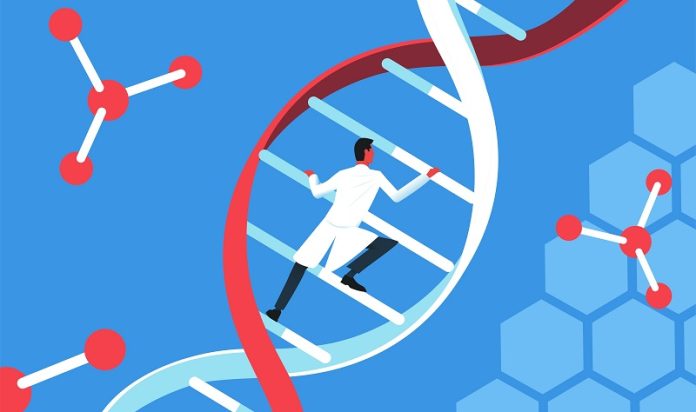
Scientists at the University of Iowa have made an exciting discovery that could lead to new cancer-fighting drugs.
They found an unexpected structure in a DNA repair protein called RAD52, which plays a key role in helping cancer cells survive.
This breakthrough could help researchers design new drugs that block RAD52 and stop cancer cells from repairing their damaged DNA.
The study, published in the journal Nature, was led by Professor Maria Spies from the UI Carver College of Medicine.
She explains that RAD52 is a promising target for cancer treatment because it is not essential for healthy human cells but becomes crucial in certain cancer cells, especially those with faulty DNA repair genes like BRCA1 and BRCA2. These types of cancers include some breast, ovarian, and brain cancers.
When normal DNA repair systems are broken, as in BRCA-deficient cancers, cells rely on backup proteins like RAD52 to keep growing. If RAD52 is blocked, the cancer cells can’t fix their DNA and die.
This makes RAD52 an attractive target for developing cancer drugs. Some early studies have already shown that molecules blocking RAD52 can kill cancer cells while causing fewer side effects than traditional treatments like chemotherapy.
To design better drugs, scientists first need to understand how RAD52 works. In this study, Spies and her team, along with researchers in Italy, looked closely at how RAD52 binds to and protects DNA during cell division. They used advanced cryogenic electron microscopy (CryoEM) to get a 3D image of RAD52 in action.
To their surprise, the protein didn’t form just one ring as expected—it formed two connected rings, each made of 11 RAD52 proteins. These rings wrapped around a part of the DNA called the replication fork, where DNA is copied. The double-ring structure seemed to protect the DNA from breaking down, helping cancer cells survive even when under stress.
The team also used high-powered microscopes to watch how RAD52 interacts with DNA at the single-molecule level. These observations revealed that RAD52 constantly moves and adjusts to protect the DNA fork, which could be key to its role in cancer survival.
Now that researchers know more about RAD52’s unique structure, they can target specific parts of the protein with drugs. The team already has small molecules that can bind to RAD52, and with this new information, they hope to improve those molecules to make them work better.
This discovery opens the door to creating new cancer treatments that are more effective and have fewer side effects, especially for patients with BRCA-related cancers.
If you care about cancer, please read studies that low-carb diet could increase overall cancer risk, and new way to increase the longevity of cancer survivors.
For more health information, please see recent studies about how to fight cancer with these anti-cancer superfoods, and results showing daily vitamin D3 supplementation may reduce cancer death risk.



